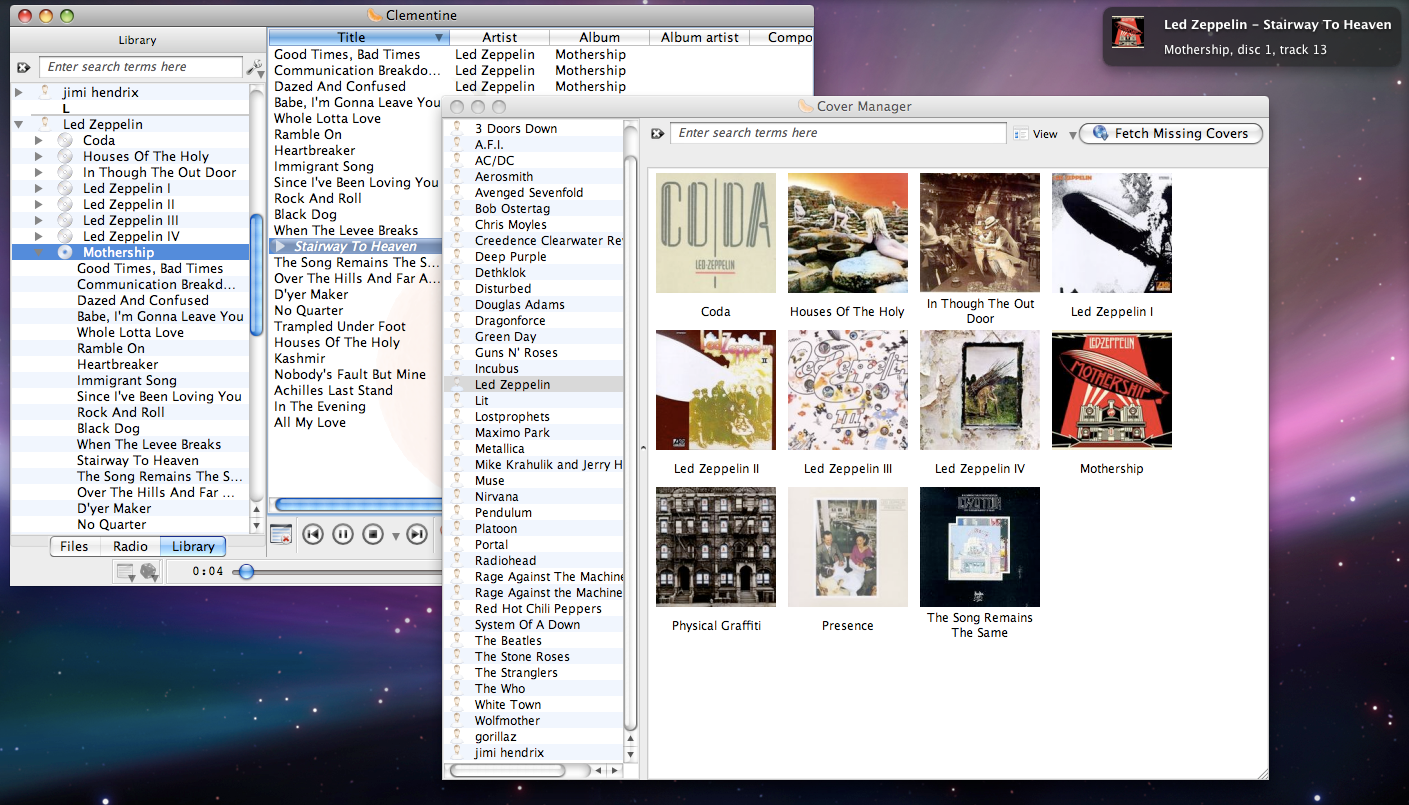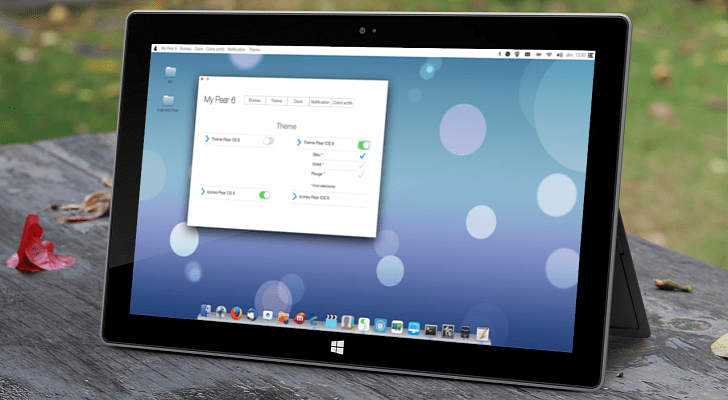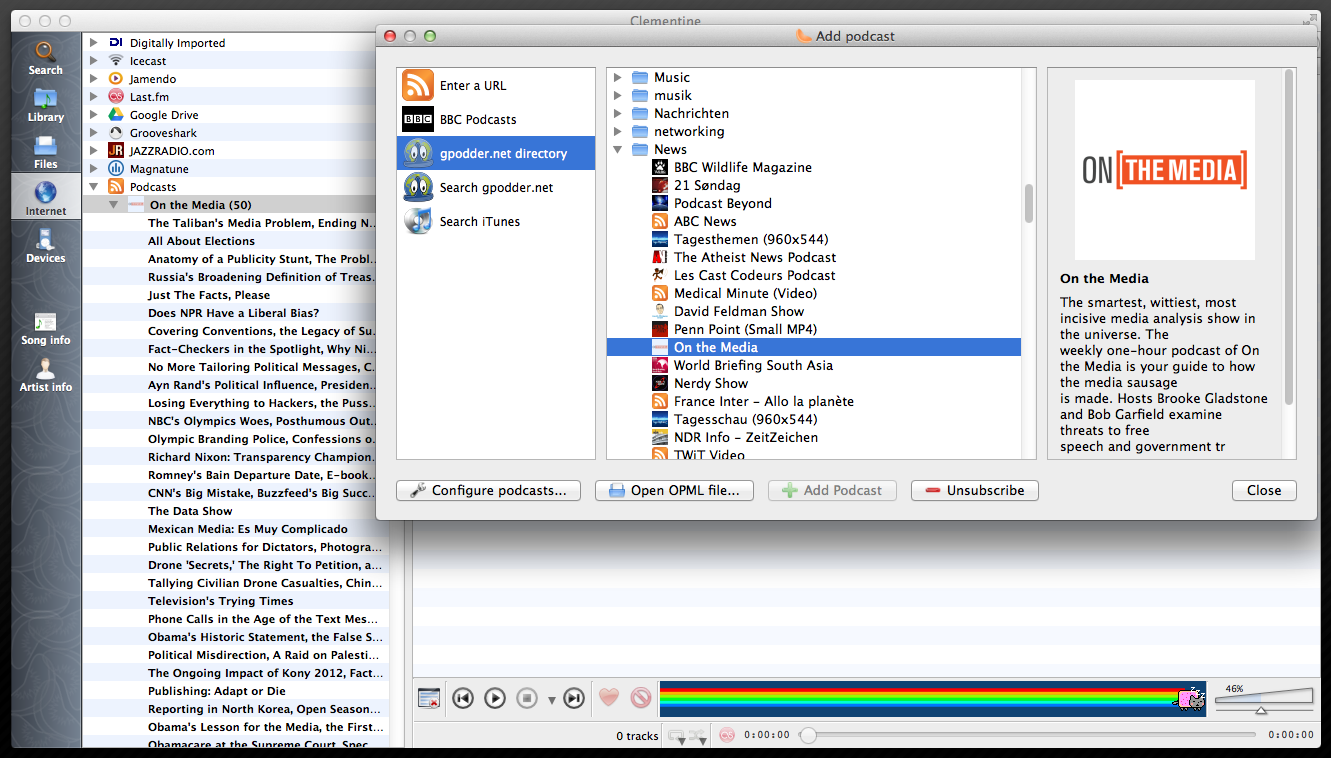Clementine is a multi-platform music player and library organizer inspired by Amarok 1.4. It has a fast and easy-to-use interface, and allows you to search and play music from your local library, internet radio, songs you’ve uploaded to cloud storage, and more! Clementine is a cross-platform free and open source music player and library organizer. It is a port of Amarok 1.4 to the Qt 4 framework and the GStreamer multimedia framework, focusing on a fast and easy-to-use interface for searching and playing your music. It is available for Unix-like, Windows and Mac OS X. Clementine is a modern music player and library organizer Clementine is a multiplatform music player. It is inspired by Amarok 1.4, focusing on a fast and easy-to-use interface for searching and playing your music. Clementine 1.3.1. The Clementine Music Player is a full-service audio player with all the tools you need to keep track of your audio library. According to the project’s website, Clementine “inspired by Amarok 1.4, focusing on a fast and easy-to-use interface for searching and playing your music.”.
Clementine is a cross-platform Music Player available for Windows, Mac OS X and Ubuntu. These steps will explain how to install it on these three different platforms. Visit the [https://www.clementine-player.org/ official website] of the...

Clementine Mac Os X 10.8
Windows
- Visit the official website of the Clementine Music Player.
- Click on the download button on the main page. The package should start downloading. Wait for it to complete and proceed to the next step.
- Run the Setup Wizard. If you are prompted to allow the program to run, click yes.
- After the Setup Wizard initializes, click on the button labeled 'Next'.
- Choose the installation folder. If you want to let it install to the default folder, click next. Otherwise, click Browse and choose a folder. You can also directly specify the path name.
- Click on 'Install'. Clementine should begin installing to the folder you selected. Wait for the installation to complete.
- Click on 'Finish'. Clementine is now successfully installed!
Mac OS X
- Open a Terminal Window.
- Type or copy/paste into the terminal:
curl -O https://github.com/clementine-player/Clementine/releases/download/1.2.2/clementine-1.2.2.dmg - Then type ls in the terminal.
- Mount the package to your file system by typing (or copy/pasting):hdiutil attach clementine-1.2.2.dmg into the terminal.
- Install the package:sudo installer -pkg /Volumes/Clementine-1.2.2/clementine-1.2.2.pkg -target /usr/local/
- Now that it's installed, unmount the .dmg image:hdiutil detach /Volumes/Clementine-1.2.2/
- Log out and back in from your current Terminal session to update the path. After that, you can use your application.
Ubuntu
Sub-Method 1 of 2: Using Terminal


- Open a Terminal Window.
This is usually done by pressing Ctrl+Alt+T. - Type or copy/paste into the terminal:
sudo add-apt-repository ppa:me-davidsansome/clementine- You might have to enter your password.
- Update the software:
Type or copy/paste sudo apt-get update into the terminal, then hit ↵ Enter. - Install the software. Type or copy/paste sudo apt-get install clementine into the terminal.
- And you're done. You can open Clementine by typing clementine in the terminal, or by searching for it in the dashboard.
Clementine Mac Os X 10.10
Sub-Method 2 of 2: Using Ubuntu Software Center

- Open Ubuntu Software Center. Go to Dashboard and search for, then click on, Ubuntu software center.
- Search for Clementine. Type clementine in the top right search bar.
- Select the program.
- Click on the Install button.
- Enter your password, should you be prompted.
Clementine Mac Os X 10.13
